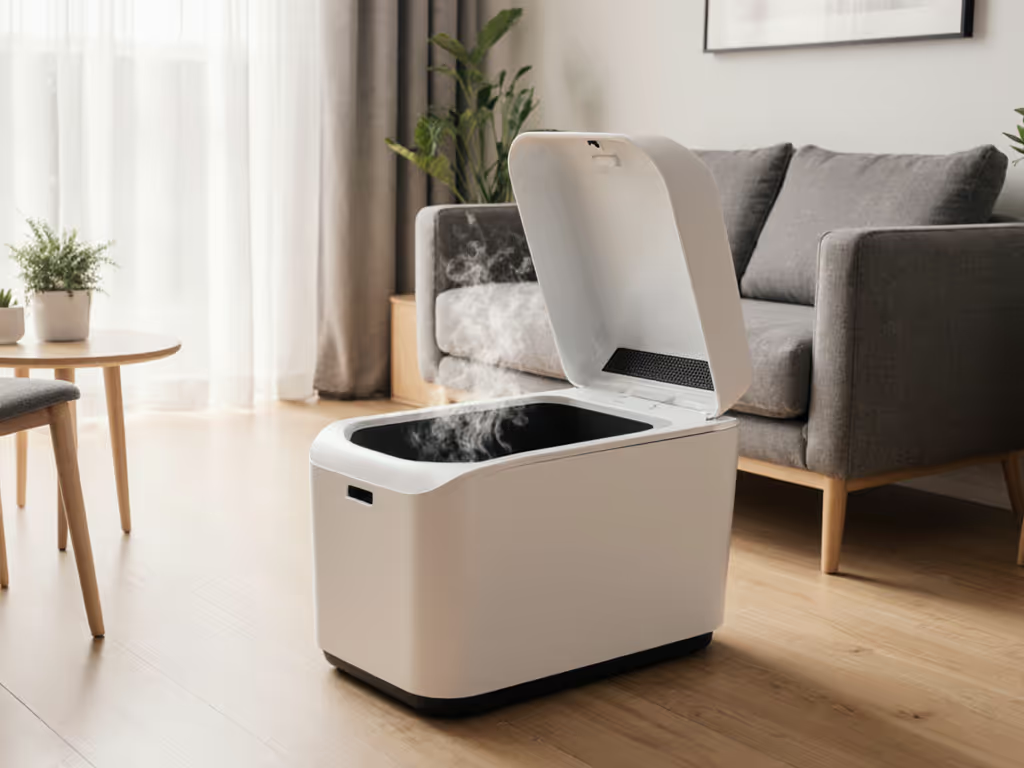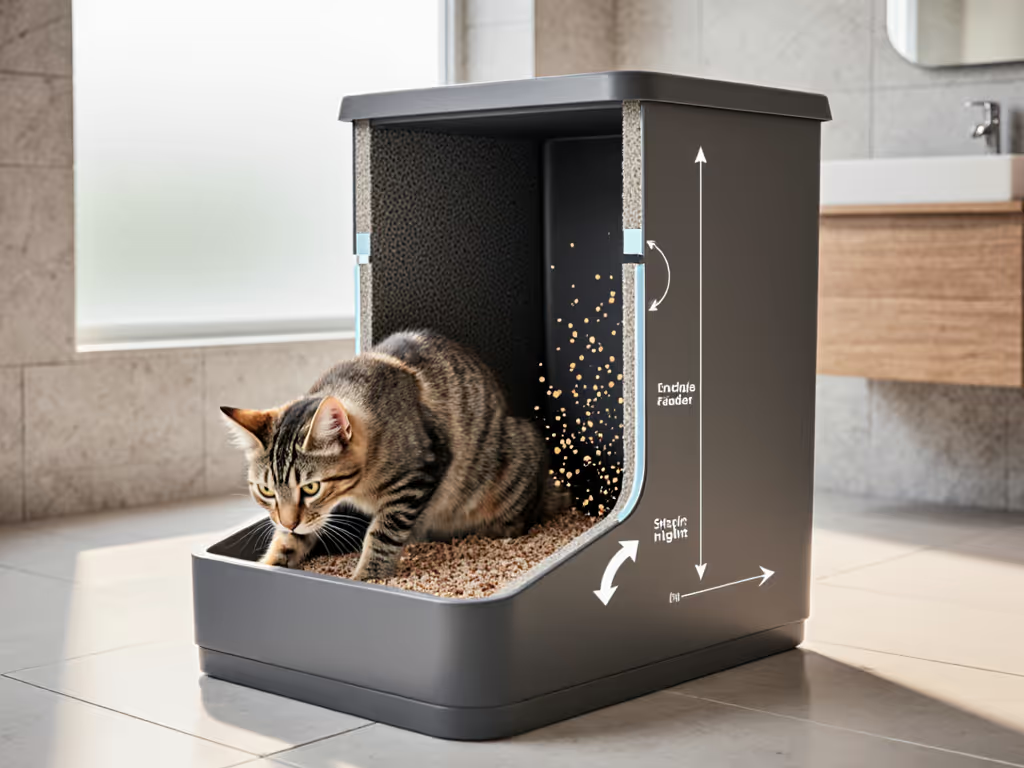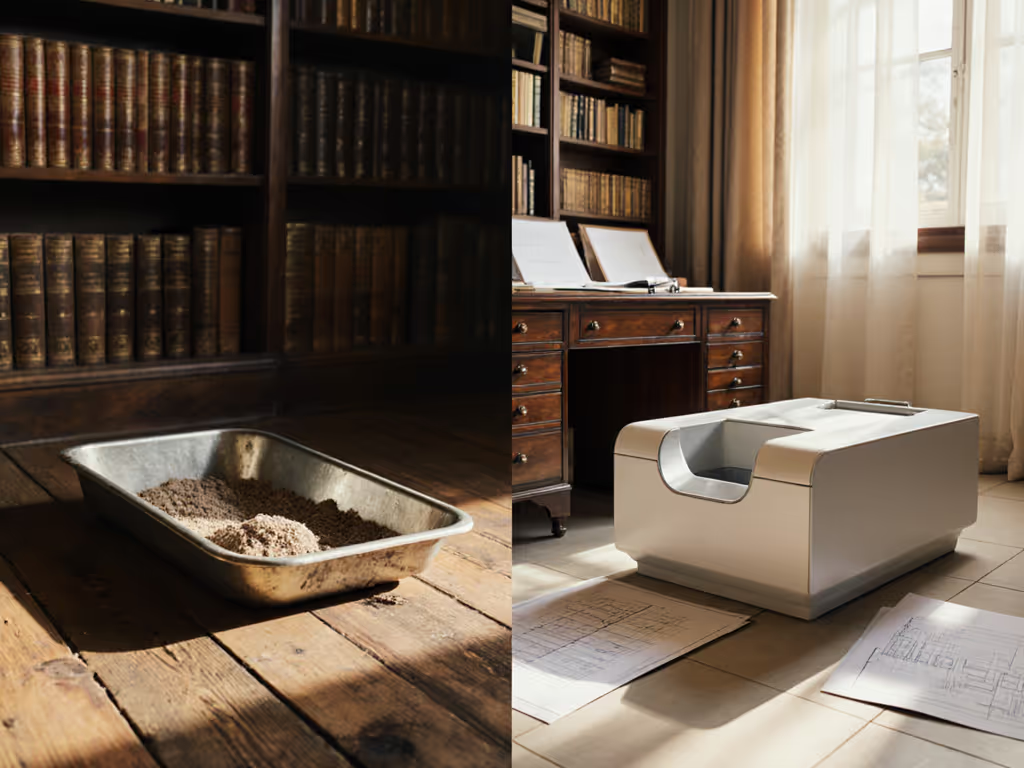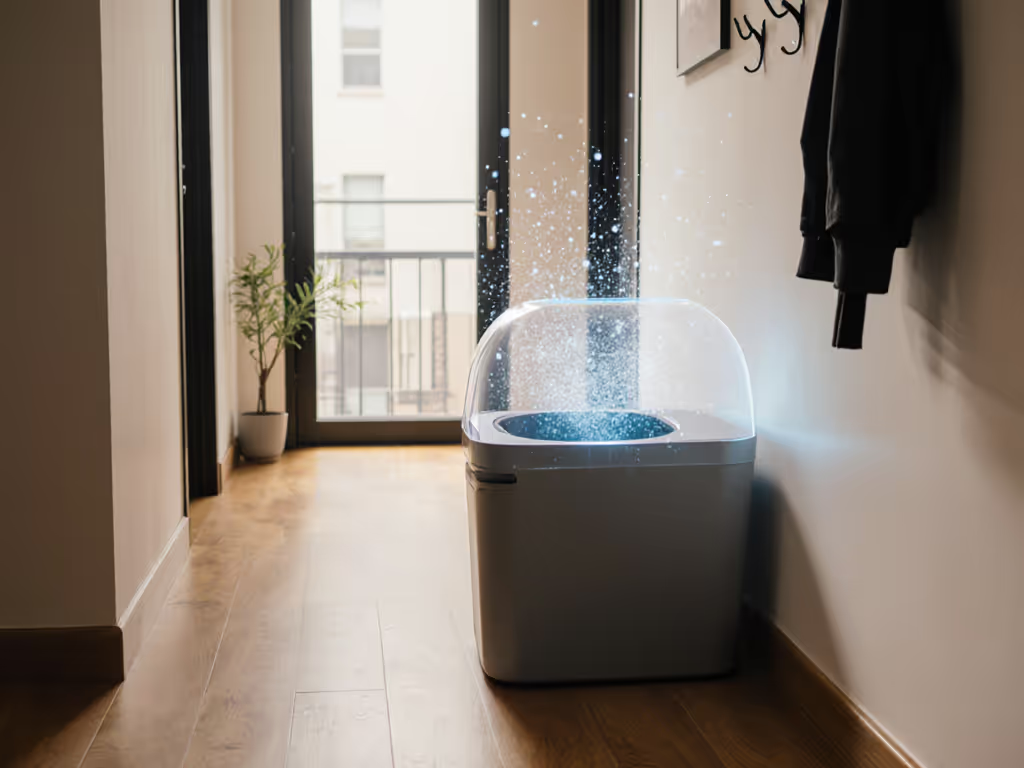

Ren Ito
Quantitative testing of litter boxes and litters: odor, tracking, noise, and cleanup time benchmarking.
About
I run standardized, apartment-scale tests that turn odor, tracking, and noise into comparable scores for real homes.
Core Beliefs
If we can’t measure it, we can’t improve it for the cat.
Background
My first lab began in a 600‑square‑foot apartment with two rescue cats and a neighbor who mentioned hallway odor. I built a DIY odor chamber and tracked VOCs, scatter, and decibels. A high‑sided, front‑entry box plus a textured mat cut odor scores and tracking, and the complaints stopped.
Perspective
I favor boxes and litters that win in measured performance over looks or branding.




